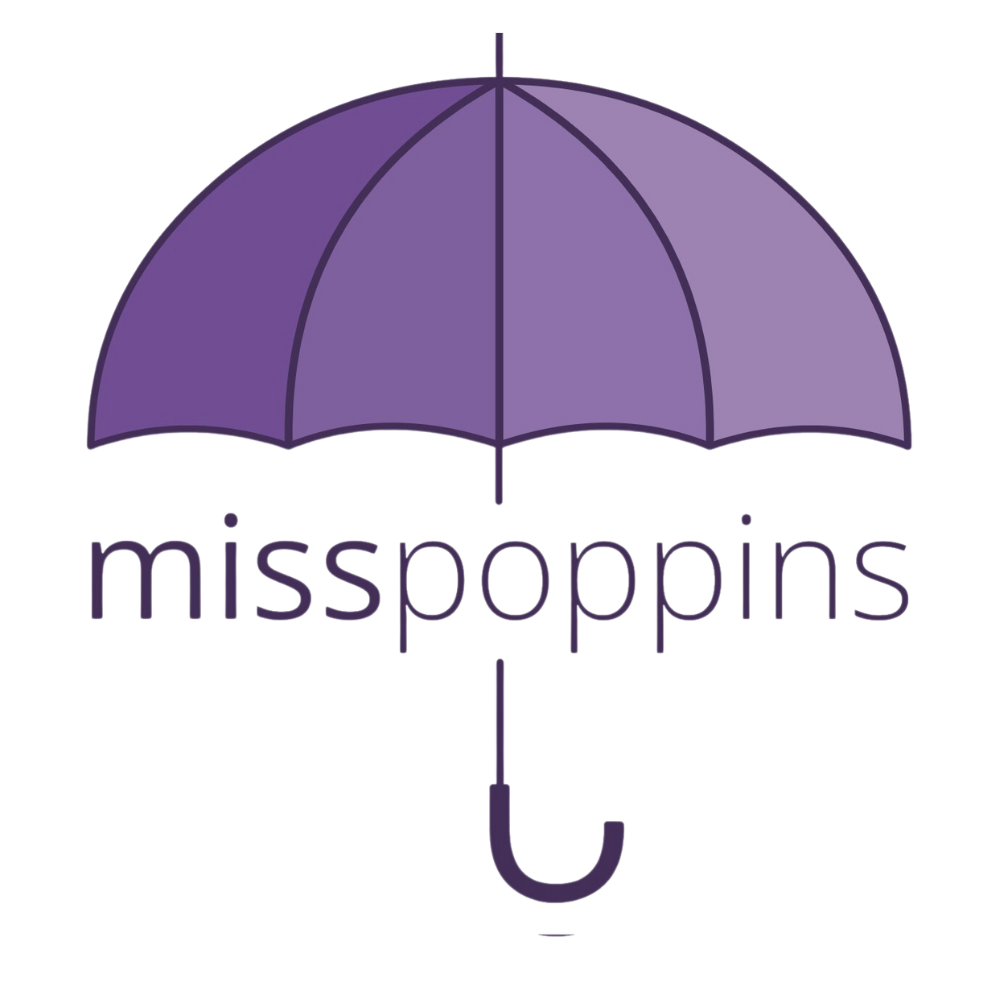Is your baby ready for solid foods?
There are two methods mostly used by parents to introduce solid foods to their babies,
Baby -Led Weaning
Spoon -Feeding
Whichever method you choose to use to have your baby start solids, make sure you keep in mind these signs of readiness.
If Using Baby-Led Weaning:
Baby is 6 months old and
Has good head and neck control
Sits upright in a high chair
Has good trunk control (control of upper body/torso)
Curious about food, watching others eat
Reaching for your food or utensils
Opening their mouth when food is around
Easily brings hand and toys to mouth
If using Spoon-Feeding
Baby is at least 4 months old and
Has good head and neck control
Sits upright in a high chair (not reclined)
Has good trunk control (control of upper body/torso)
Can track objects with their eyes
Shows interest in food, opening mouth, reaching for food or utensils
Doubled birth weight and now weighs at least 13 pounds
Is losing or has lost tongue-thrust reflex (a reflex that causes babies to thrust their tongue out when anything touches the lips or tongue. This movement may cause the tongue to push food out of the mouth)
Important notes: Teeth are not required to begin solids. Your baby can learn to chew using their gums. However, food should be soft enough to squish and not tough, chewy, or rubbery.
Additionally, your baby can start eating finger foods without a mature pincer grasp (mature pincer grasp usually develops around 9 to 11 months).

